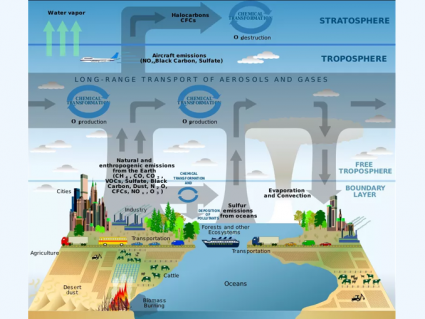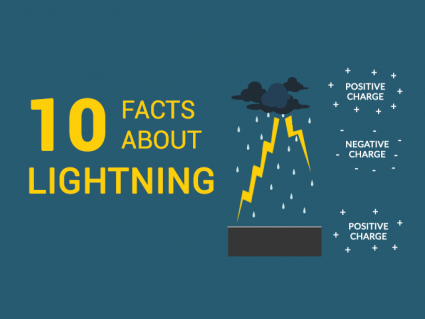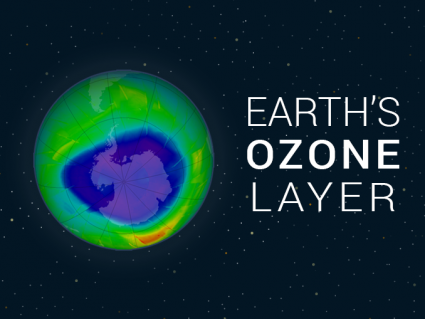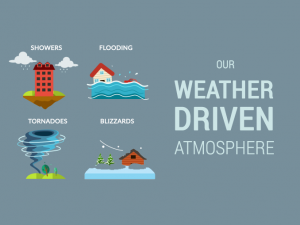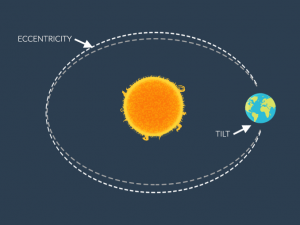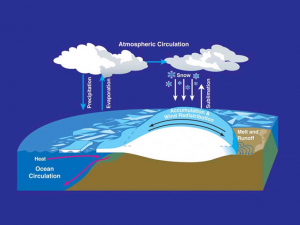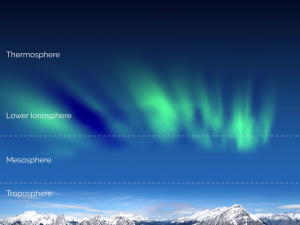What Are Tornadoes?
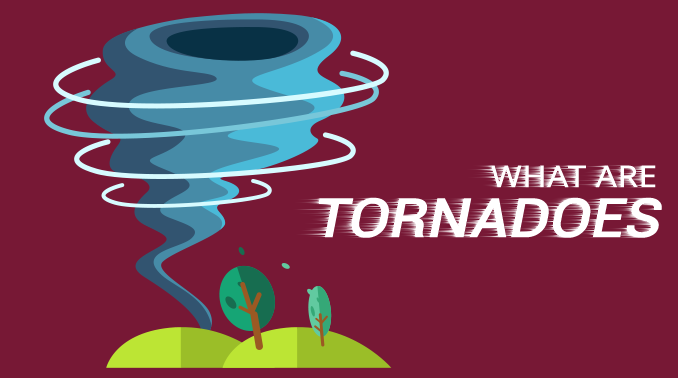
What Are Tornadoes?
Tornadoes are some of the most powerful and destructive forces in nature. They can cause catastrophic damage, killing dozens of people and destroying thousands of homes. They also destroy beautiful landscapes and wildlife.
Tornadoes are powerful, destructive winds that can cause intense damage in a matter of minutes. They form when the air is unstable and is forced to rise rapidly into the lower levels of the atmosphere.
Anyone who has experienced a tornado first-hand knows how devastating it can be. There have been many tragic tornadoes in America, but we also have an opportunity to learn from them.
How Do Tornadoes Start?
Tornadoes are a weather phenomenon that can cause destruction and death in many parts of the world. Before we begin, let’s familiarize ourselves with the different parts of a volcano.
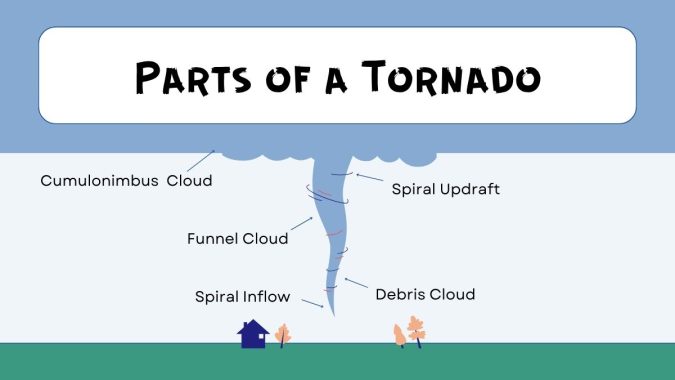
Tornadoes are born when warm, moist air rises rapidly in an area of cold, dry air. The rising warm, moist air creates a low-pressure system over the cool surface.
This allows for the condensation of water vapor released from evaporating moist ground at high altitudes to create wind shear, which is essentially wind flowing perpendicular to the direction it’s coming from.
If this strong wind shear reaches speeds greater than one hundred miles per hour, it will form a rotating column of air called a vortex. Wind speeds can be as high as 250 miles an hour within a tornado.
The spinning vortex of winds consists of one or more updrafts, downdrafts, and rotors that rotate around a central point.
What Are Tornadoes?
Tornadoes are among the most destructive and deadly weather events that nature can bring about. They have a high potential for destruction and large damage such as in the “Tornado Alley” region of the United States.
In fact, the study of tornadoes, known as tornado climatology, helps us better understand the frequency, distribution, and intensity of these powerful storms, contributing to improved early warning systems and preparedness efforts in tornado-prone areas.
If you’re just looking for exceptionally high wind speeds, Mt. Washington is windiest. But what about the rest of the United States? Check out these 10 windiest places in the United States.
As always, don’t be afraid to drop us a comment below. We’d love to hear back from you.


